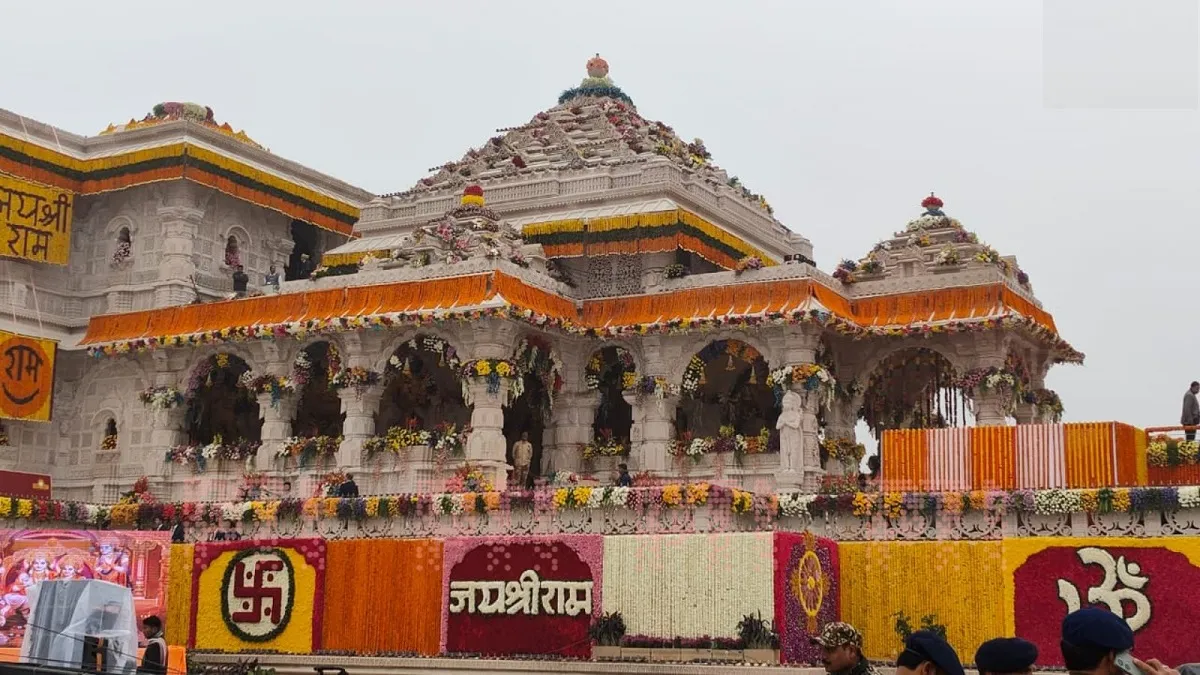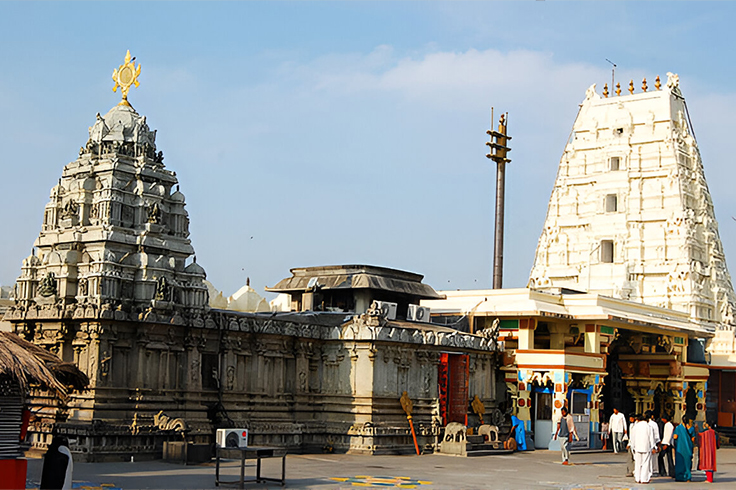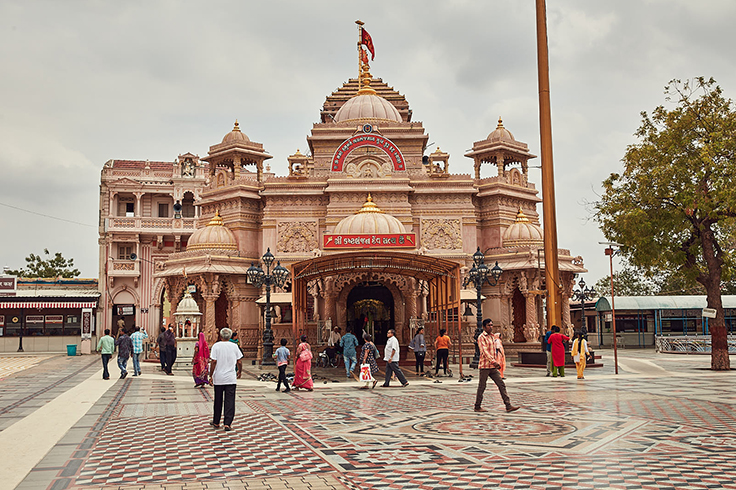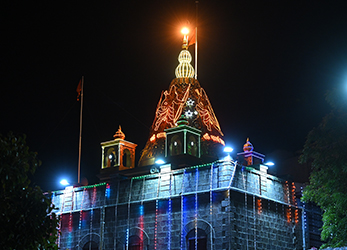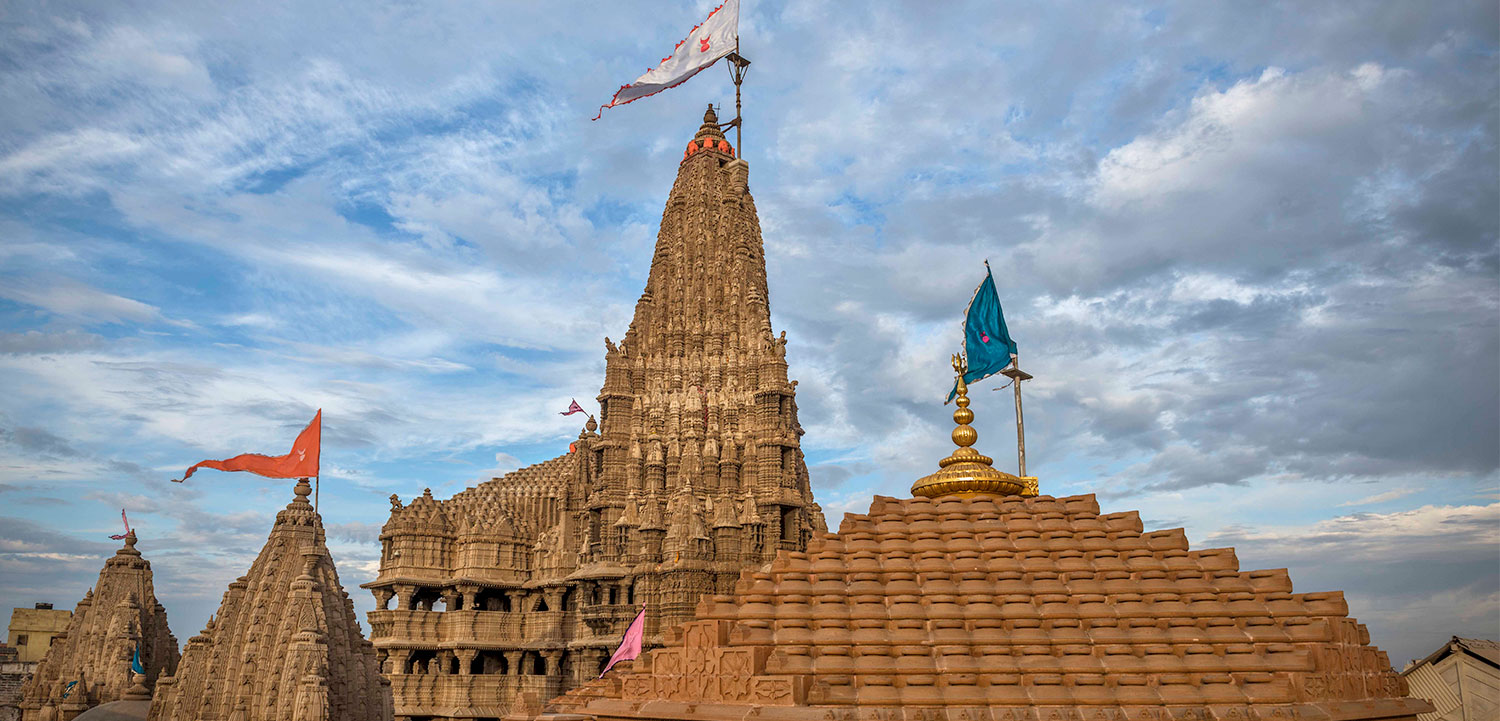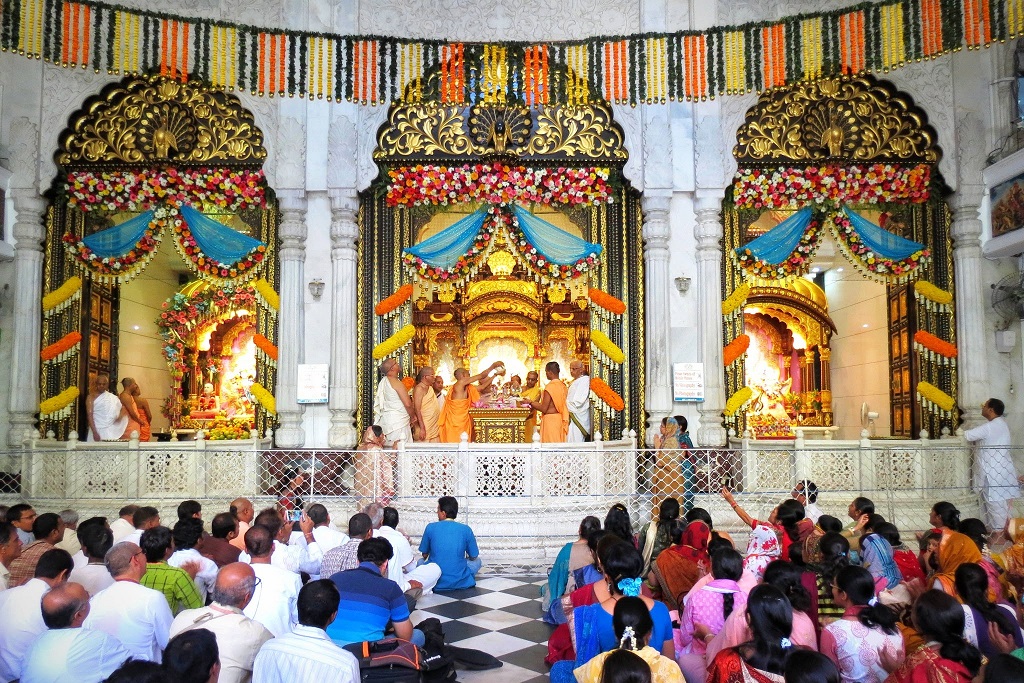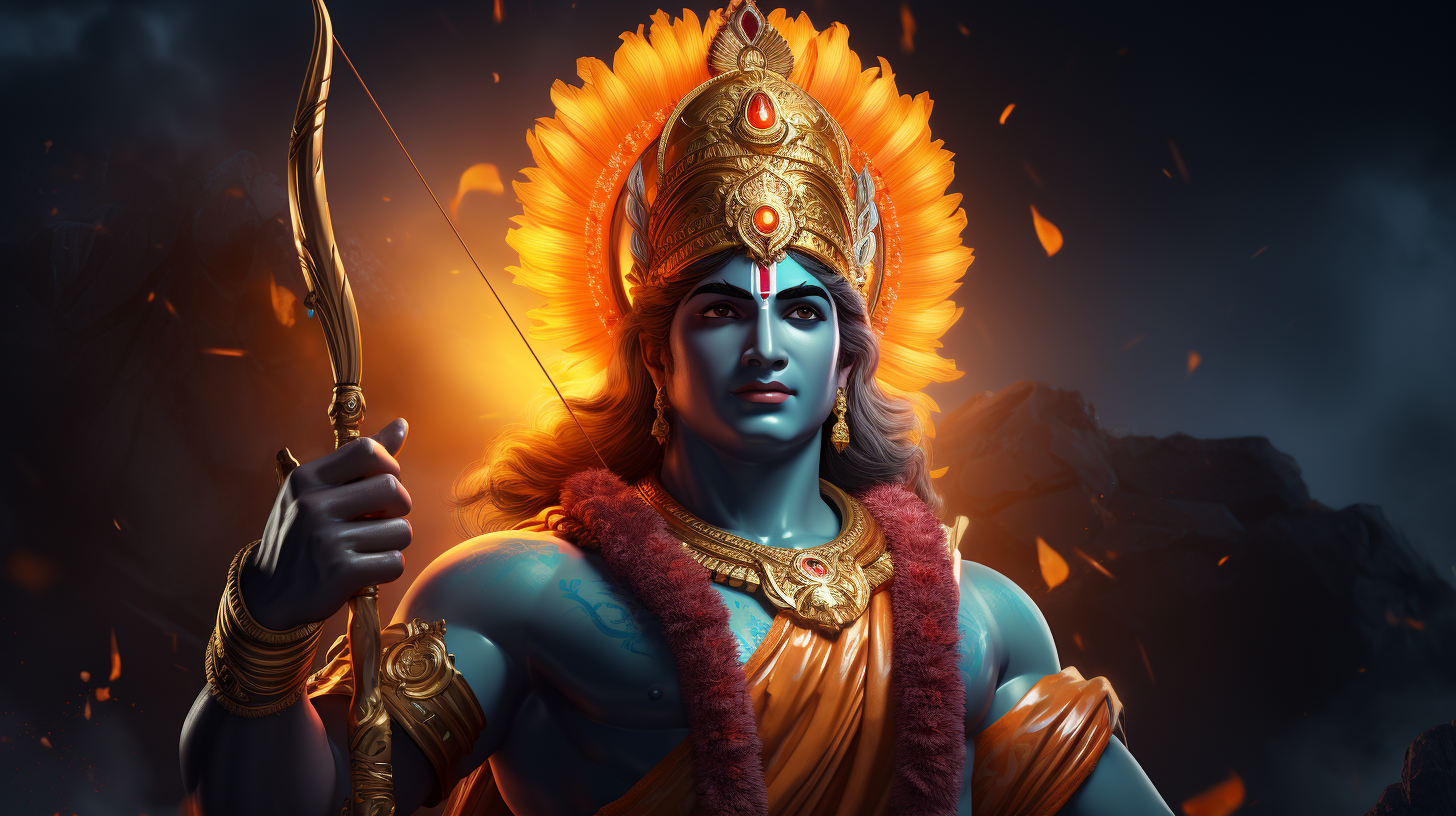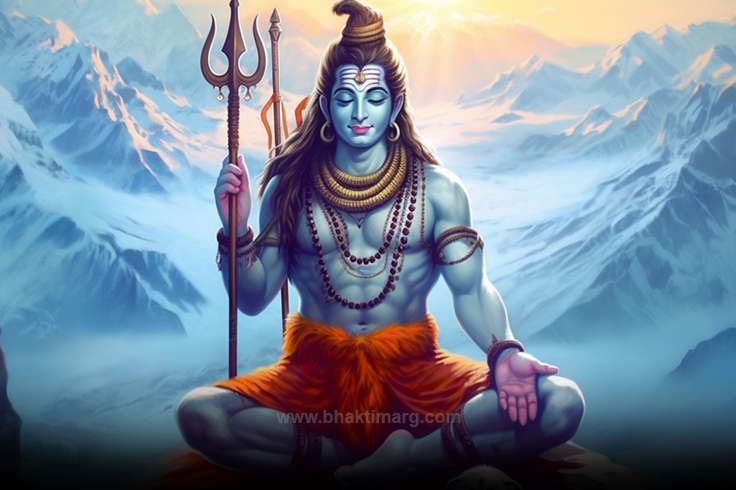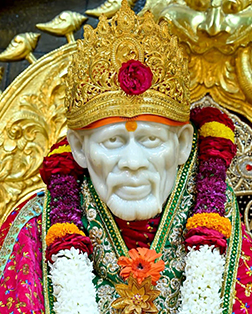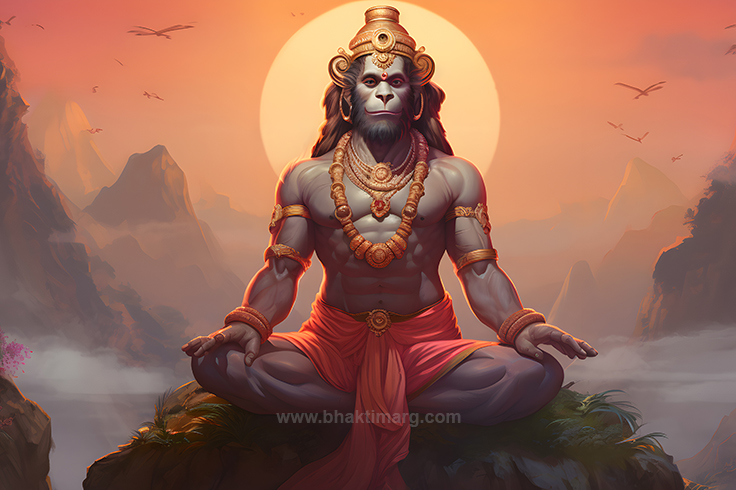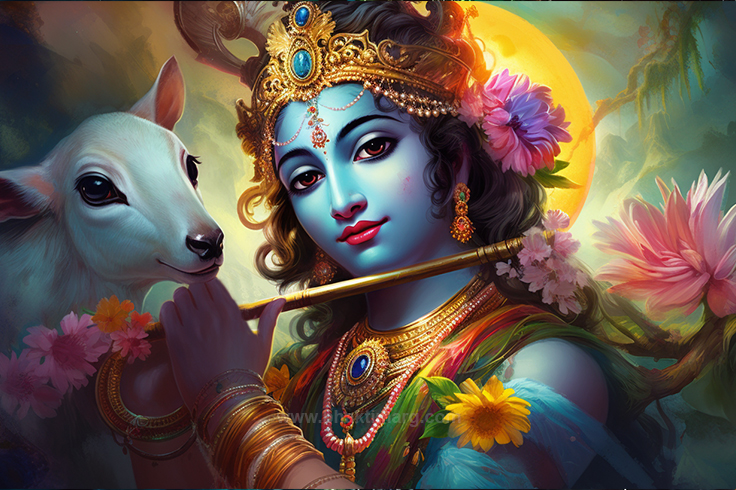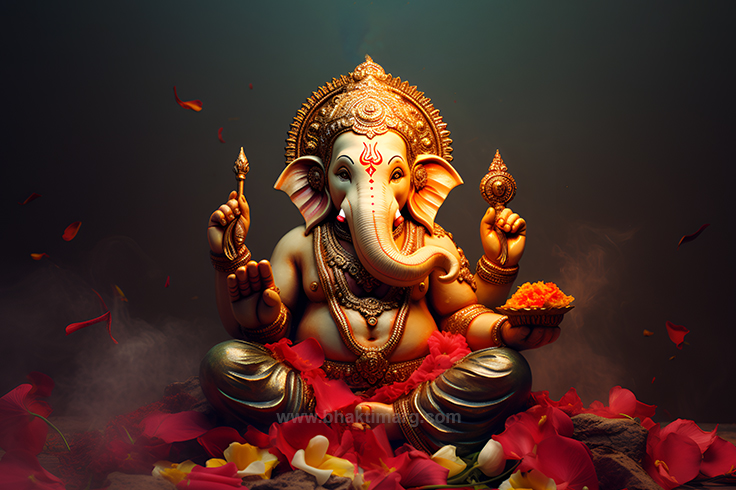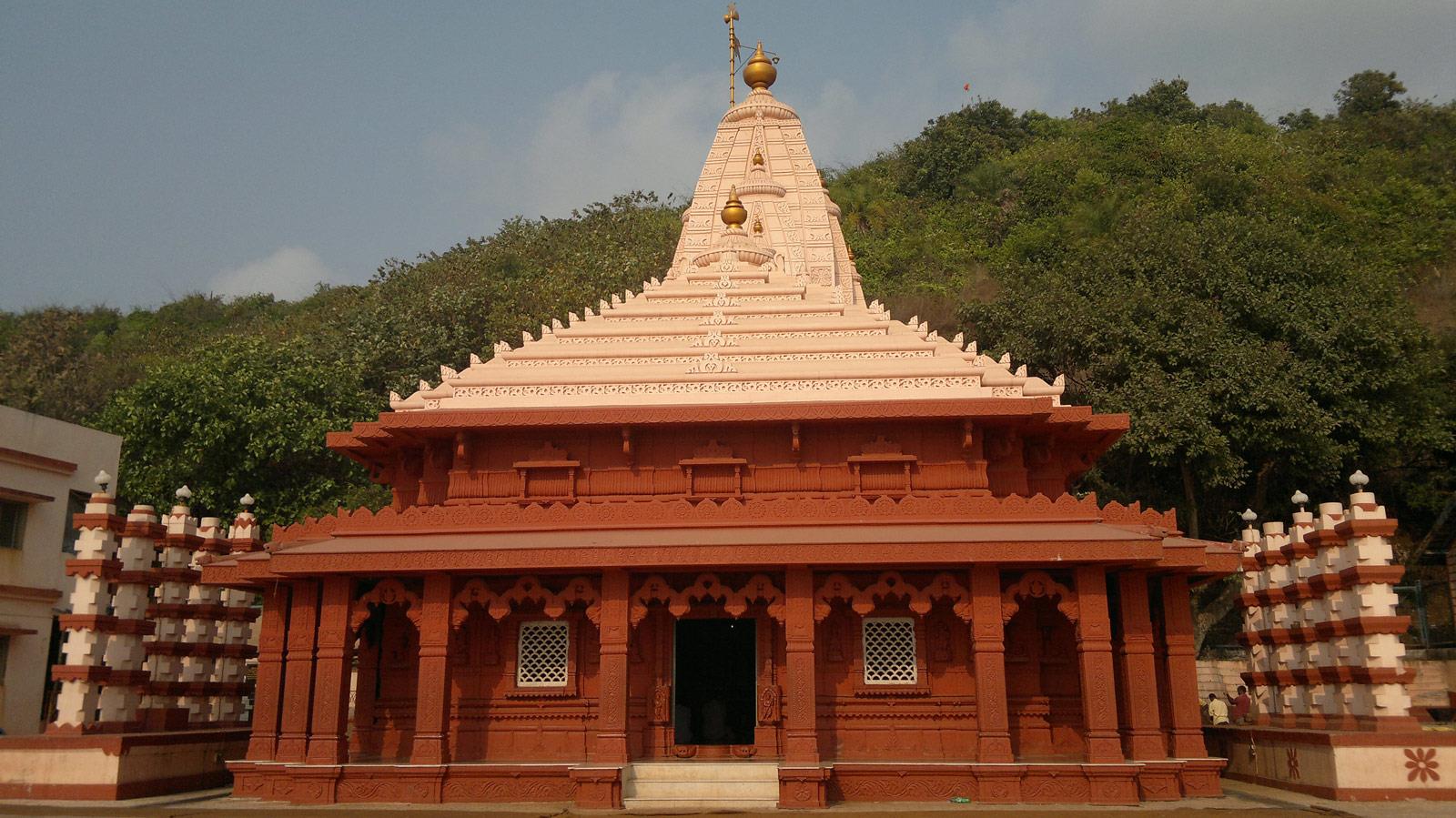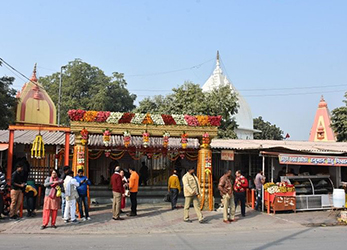
Somnath Temple, Gujarat
The magnificent honey-colored Somnath Mandir is on the west coast of Gujarat known for its strategic location where Shiva made an appearance as a radiant or flaming column of light. The Somnath Mandir Jyotirling is the first one among the sacred twelve jyotirlingas in India. It is the holy abode of Lord Shiva. Somnath Temple is a predominant pilgrimage site for dedicated followers of Hinduism. The marvelous temple is known for its deep spiritual value and religious significance. Throughout the year, the Somnath Mandir attracts thousands of Hindu devotees across the nation. The Somnath Shiv Mandir is situated on the confluence of rivers Saraswati, Kapila, and Hiran. It is one of the most frequented and holy pilgrimage sites for dedicated Hindu pilgrims.
Check out more about the Kedarnath Jyotirlinga situated in Uttarakhand.
The Somnath Mandir History and Origin
At Bhakti Marg, we provide invaluable insights and detailed information on famous Hindu temples and pilgrimage sites to help you take your spiritual journey to the next level. The exact date of establishment of this famous Shankar Mandir has yet to be discovered. However, it is believed to have been constructed between the 1st millennium and the 9th century CE.
The Shree Somnath Jyotirling Temple was rebuilt many times because of repeated devastation and plundering by the Muslim rulers and invaders. The ruthless Mahmud of Ghaznavi was the first to attack and plunder the temple sometime during the 11th century. The archaeological excavations, post-1950 Somnath Temple invasions have unveiled the earliest version of this intricately carved sacred temple. In the 9th century, there existed the earliest version of this highly-revered temple at Somnath-Patan.
The historical roots of the Shri Somnath Shiv Temple are deeply immersed in Hindu belief, ancient history, and the complex socio-political landscape of India. The temple’s story spans centuries of destruction, reconstruction, and devotion, making it a symbol of resilience and faith.

Somnath Temple Seashore View
The origins of this temple are believed to be rooted in Hindu belief. According to one legend, the Somnath Shivling history goes back to Lord Krishna who is said to have established it as a tribute to Lord Shiva after the end of the Yadava dynasty. Another mythological account attributes the temple’s establishment to Lord Soma (the Moon God) after he regained his lost luster by praying to Lord Shiva at the site. According to Hindu tradition, the temple is believed to have been originally built by Lord Soma (the Moon God) as a tribute to Lord Shiva.
The place where the temple is situated, Prabhas Patan, is said to be the spot where Lord Krishna concluded his earthly avatar and left for his heavenly abode. So, historical records and texts indicate that the Somnath Mandir existed long before the Common Era. It is mentioned in ancient texts like the Puranas and the Skanda Purana, where it is described as a significant pilgrimage site. It is referred to as “Prabhasa” in these texts, which is the ancient name for the region where the temple is located.
The famous Temple Somnath was rebuilt and renovated multiple times over the years demonstrating the unwavering faith, loyalty, grit, and determination of the followers of Hinduism. The present temple structure was constructed way back in the 20th century. Sardar Vallabbhai Patel, a celebrated freedom fighter, played a pivotal role in rebuilding the famous Hindu temple. The current version of the Somnath Mandir was inaugurated by the then Indian President Dr. Rajendra Prasad.
Salient Features Of Somnath Temple Design
The Jyotirling Somnath Temple is a beautiful example of Indian temple architecture and design. While the temple has undergone several reconstructions throughout its history, it still maintains the essence of its traditional architectural style. The Somnath Temple follows the traditional Indian temple architectural style known as “Nagara” or “Northern” style. This style is characterized by its tall and curvilinear spires (shikhara), intricate carvings, and a sanctum housing the main deity. The temple’s design represents the cosmic mountain, Mount Meru, which is believed to be the center of the universe in Hindu cosmology.
The ruins and the precise floor plan of a temple belonging to pre-1000 CE had been excavated by most of the original temple is gone, however, some ruins, foundations, and even lower structure remains have been found. All these findings reveal that Somnath Temple’s design was a rich, exquisitely or intricately carved Mandir.

The current sanctorum of the temple, known as the “Garbhagriha,” houses the main deity, Lord Shiva in the form of a lingam. The lingam represents the divine energy of Lord Shiva, and devotees offer their prayers and perform rituals around the sanctum. The temple complex typically includes a “Mandapa” or a pillared hall, which serves as a gathering space for devotees and a transition area between the outer world and the sanctum. Mandapas are often adorned with intricate carvings and sculptures depicting mythological stories and divine beings.
The most distinctive feature of the temple is its towering spire, known as the “Shikhara.” The Shikhara rises above the sanctum and is adorned with intricate sculptures and carvings. The spire is designed to draw the eyes upward, symbolizing the connection between the earthly realm and the divine. The topmost element of the shikhara is an amalaka, which signifies the cosmic axis and is often crowned with a finial or a decorative motif.
The temple’s construction materials typically include stone, particularly sandstone, for the main structure. The use of stone provides durability and stability to the temple. The intricate carvings and sculptures are also primarily made of stone. The Somnath Temple is no exception, with its walls and pillars adorned with intricate carvings that showcase the skill and craftsmanship of the artisans.
The Somnath Temple features “kunds” known as “Triveni Tirtha” three holy rivers – Sarasvati, Kapila, and Hiran – meet the Arabian Sea where devotees often cleanse themselves by taking a ritual bath in these tanks before entering the temple premises. Pilgrims often take a dip in this reservoir as a purifying ritual the entrance to the temple complex is marked by grand and ornate gates, known as “Gopurams.” These gates often have towering structures adorned with sculptures and carvings, welcoming visitors into the sacred space.
Dioramas in vibrant hues highlighting the Story of Shiva are found lined up along the northern edge of the sprawling Jyotirling Somnath Temple garden. They are, however, not so visible because of the foggy or hazy glass. There is an enchanting sound-and-light show at 7.45 every evening at the temple campus.
The architectural details of the famous Somnath Mandir demonstrate our nation’s rich spiritual and cultural heritage. Its design intricacies, attention to detail, and focus on conventional Hindu principles of architecture give this temple the status of an architectural wonder or masterpiece.
Significance
Significance of Somnath Temple
The Skanda Purana and the Shreemad Bhagavata Purana specifically discuss the significance of the Jyotirlinga Somnath temple and its connection to Lord Shiva. These texts describe the glory of the temple and the powerful presence of the deity within.
The Somnath Mahadev Temple represents unflinching dedication, eternal faith in Hinduism, and the rich cultural heritage of our nation. The temple is a testament to the perseverance, grit, and determination of the Hindu devotees who took the challenge and reconstructed the temple many times despite all odds. Every time the magnificent Shri Somnath Temple was looted and devastated, it was reconstructed by the steadfast Hindu devotees indicating their determination and willingness to preserve the religious and cultural heritage of our nation irrespective of the obstacles that come in the way.
The Somnath Mahadev is a treasure house of Indian art and culture. Its sculptures, inscriptions, and outstanding architectural details provide invaluable information about the architectural and artistic styles and forms of diverse periods. The marvelous Somnath Mandir demonstrates the brilliant skill and craftsmanship of Indian artisans. The temple is a seamless amalgamation of spiritual dedication and artistic expression. The splendid temple is a true symbol of national pride and unity.

Facts About Somnath Temple
The Somnath Mandir address is Prabhas Patan, near Veraval in Gujarat, India. It overlooks the Arabian Sea and the azure sea waves roll at its feet.
The best time to visit Somnath Temple is during winter as the water level is balanced and the weather is clear to roam around nearby places. You can reach the Mandir through various modes, the airport closest to the Somnath Temple is the well-known Diu Airport, approximately 90 kilometers from the temple. Another alternative is the more popular Porbandar Airport, around 130 kilometers from Shri Somnath. Alternatively, you can take the train and get off at the Veraval Railway Station, the nearest railway station to Somnath, located approx. 6 kilometers away. Somnath Mahadev temple is a phenomenal landmark. Hence, buses, private taxis, and car rentals are available.
Somnath Mandir Timings
It is important to note the precise Somnath Mandir darshan time before visiting the temple. The temple is open to the devotees from six o’clock in the morning to 10 p.m. You can offer Aarti thrice every day. There is an Aarti session at 7 a.m., then after a gap, Aarti is again performed at 12 p.m. and finally, Aarti is offered at 7 p.m. daily. You may browse Somnath’s official website to know the precise Somnath Mandir Timings.
Nearby Tourist Hotspots
- As the name suggests, Triveni Sangam is at the confluence of sacred rivers Hiran, Kapila, and Sarasvati, where they flow into the Arabian Sea. This sacred spot is often visited by pilgrims for its spiritual significance. Taking a dip in these waters is believed to purify the soul.
- Situated very close to the famous Somnath Mandir, Bhalka Tirtha is considered to be the site where Lord Krishna was inadvertently injured by an arrow, leading to his departure from Earth. A temple dedicated to Lord Krishna stands here, and the story of his departure is depicted in sculptures.
- Junagadh, a historical town near Somnath, offers attractions such as the Uparkot Fort, Mahabat Maqbara (a stunning mausoleum), Darbar Hall Museum, and the Girnar Hill, which is a significant pilgrimage site for both Hindus and Jains. It is supposed to be the last home of the famous Asiatic lion.
You may complete your spiritual journey by visiting the sacred Somnath Mandir since it offers peace of mind and cultural enrichment to Hindu devotees.



